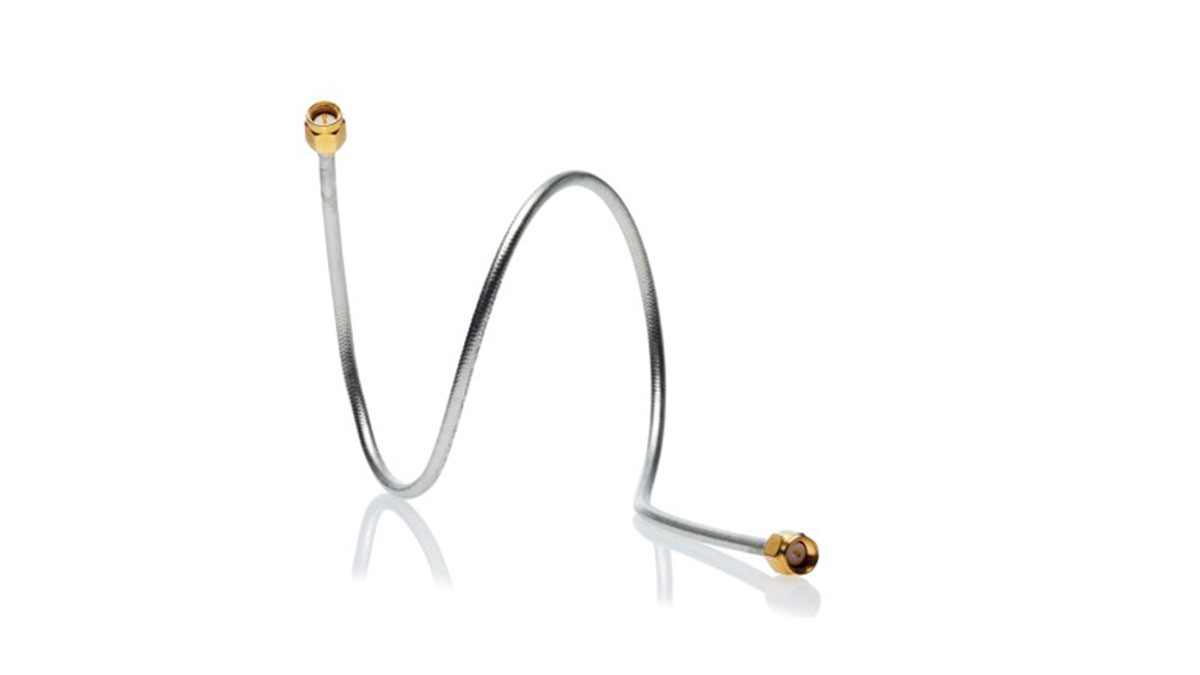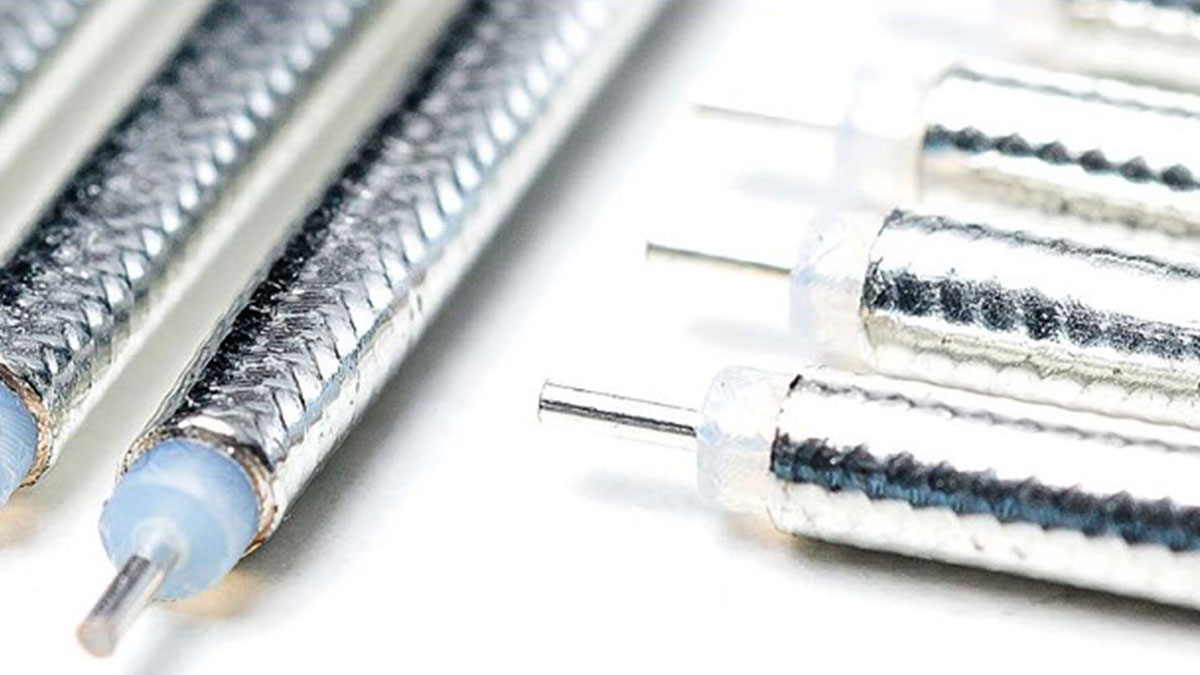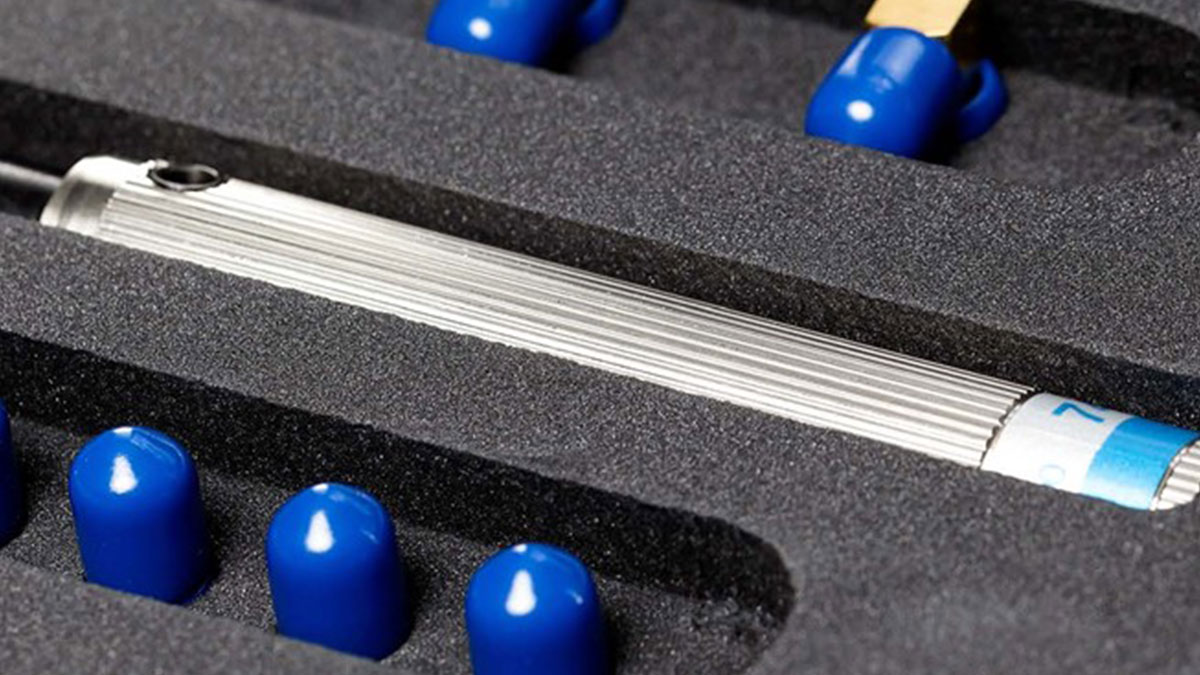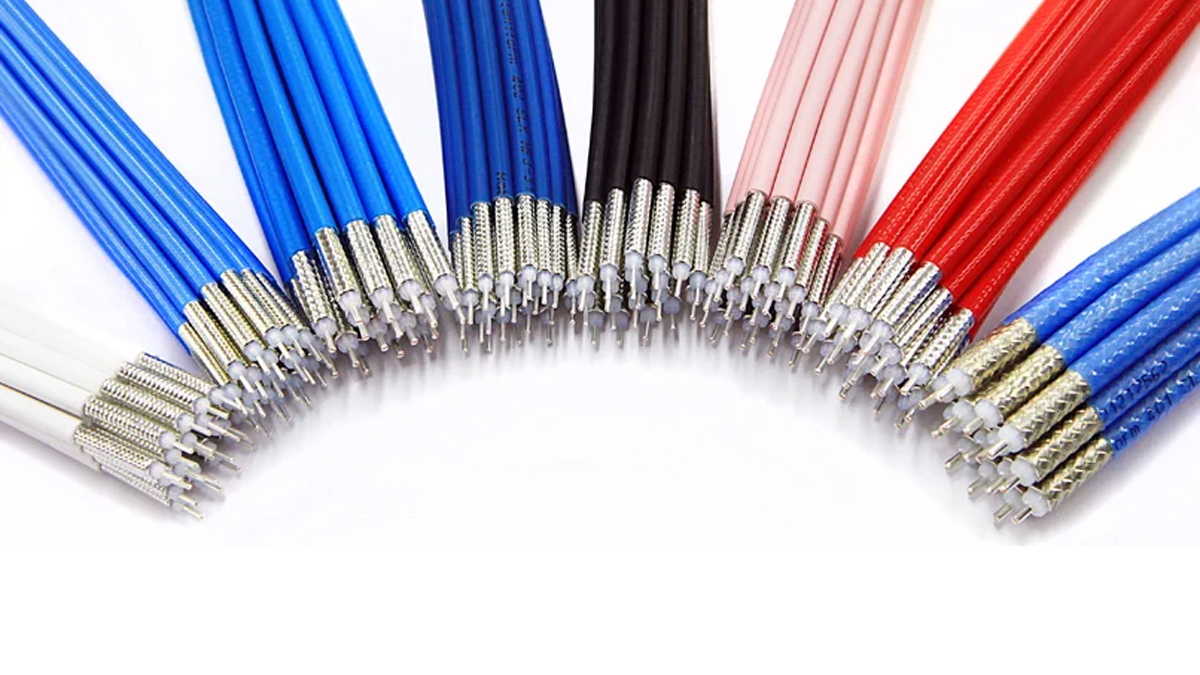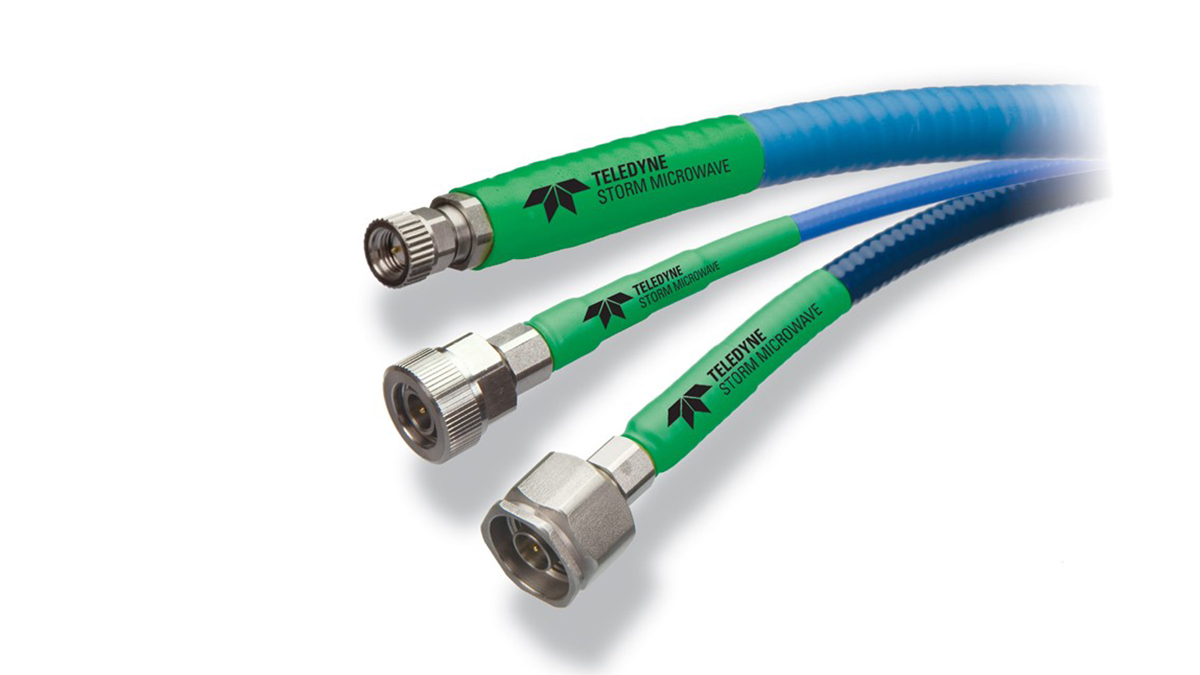Semi rigid coaxial cables are essential in high frequency – applications up to 110 GHz. What sets them apart is their unique mechanical behavior: they can be bent into their final shape—by hand or machine—and retain that shape permanently. This makes them ideal for RF environments requiring precise routing and...
To transmit signals from point A to point B, one could use two parallel wires. This approach even works in the RF range if impedance is carefully controlled. However, the downside is that the electromagnetic field radiates outward, making it vulnerable to nearby disturbances and environmental interference. Waveguides, on...
Modern test laboratories are equipped with the most sensitive instruments available today. Staff members have undergone extensive training and preparation for increasingly complex measurement requirements. For each of the engineers involved, precision and utmost accuracy are a given. With a significant budget already invested, there’s no room for compromise—the...
Coaxial cables with low losses and wide temperature range performance typically rely on PTFE (Polytetrafluoroethylene) as an insulation material. At elspec, PTFE has been the most frequently used core material—alongside copper, silver, and steel—for over 32 years. With industry demands for precise and stable measurements becoming increasingly rigorous, PTFE...
Field Testing at Helmholtz-Zentrum Dresden-Rossendorf (HZDR) Between October 2015 and October 2016, two types of coaxial cables were tested under real radiation conditions at the HZDR. An 8-meter Teledyne Storm Microwave Phase Master® 160 and a 10-meter Harbour Industries LL142 were installed behind a beam dump at the ELBE...

